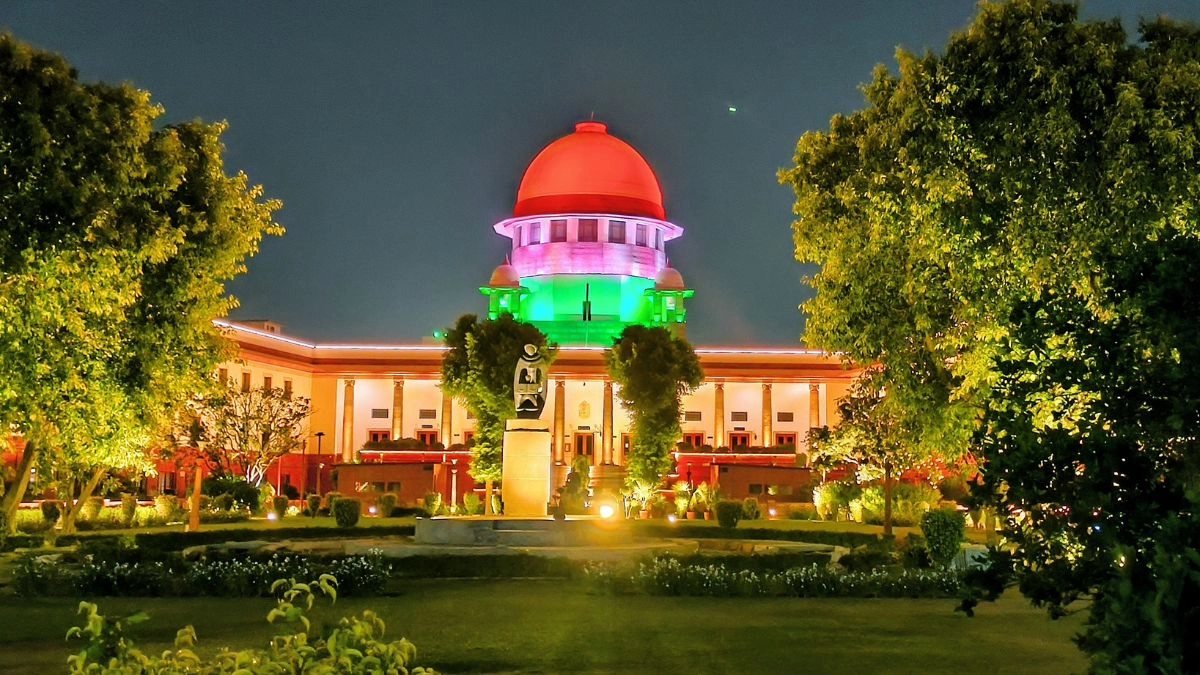- By Kamal Kumar
- Tue, 18 Jun 2024 03:40 PM (IST)
- Source:JND
Supreme Court Diamond Jubilee: The Supreme Court of India has announced to organise a special Lok Adalat for the amicable resolution of suitable cases from July 29 to August 3, 2024. The special Lok Adalat is an effort to mark the Diamond Jubilee celebration of the apex court's establishment in 1950. This year, the SC is celebrating the 75th anniversary of its foundation.
The highest court, in a press release, stated that the Lok Adalats are an effective tool for alternative dispute resolution to foster expeditious and amicable settlements of cases.
"Lok Adalats are an integral component of the judicial system in this country, enhancing alternative dispute resolution as a means of expediting and fostering amicable settlements," a press statement said.
It further added that the organising of the ensuing Lok Adalat is pursuant to the commitment to accessible and efficient justice delivery for all sections of society.
ALSO READ: Deadly 'Flesh-Eating Bacteria' Which Can Kill In 48 Hours Spreading Across Japan | Check Symptoms
Cases having elements of settlement including cases relating to matrimonial and property disputes, motor accident claims, land acquisition, compensation, service and labour which are pending before the Supreme Court would be taken up to facilitate speedy disposal, the statement further stated.
The Supreme Court of India, the apex judicial body under the Constitution, was established in 1950. Article 124 of the Indian Constitution mandates that there shall be a Supreme Court of India.
On 28 January 1950, two days after India became a Sovereign Democratic Republic, the Supreme Court was inaugurated. The inauguration took place in the Chamber of Princes in the old Parliament building where the Federal Court of India sat for 12 years from 1937 to 1950, the SC website noted.
The original Constitution of 1950 envisaged a Supreme Court with a Chief Justice and 7 puisne Judges – leaving it to Parliament to increase this number. In the early years, all the Judges of the Supreme Court sat together (en banc) to hear the cases presented before them. Considering the increase in workload, Parliament increased the number of Judges from 8 in 1950 to 11 in 1956, 14 in 1960, 18 in 1978, 26 in 1986, 31 in 2009 and 34 in 2019 (current strength), the website further noted.

